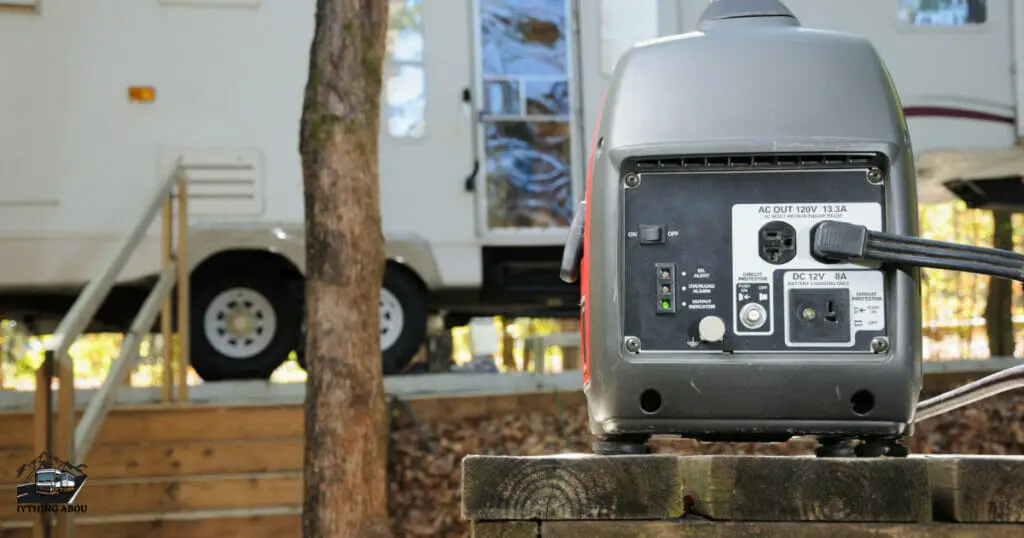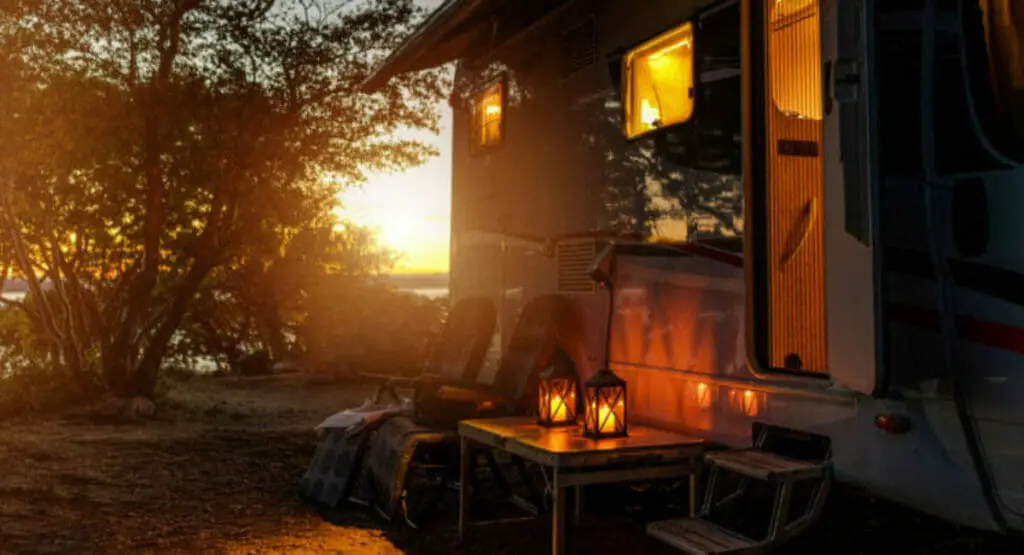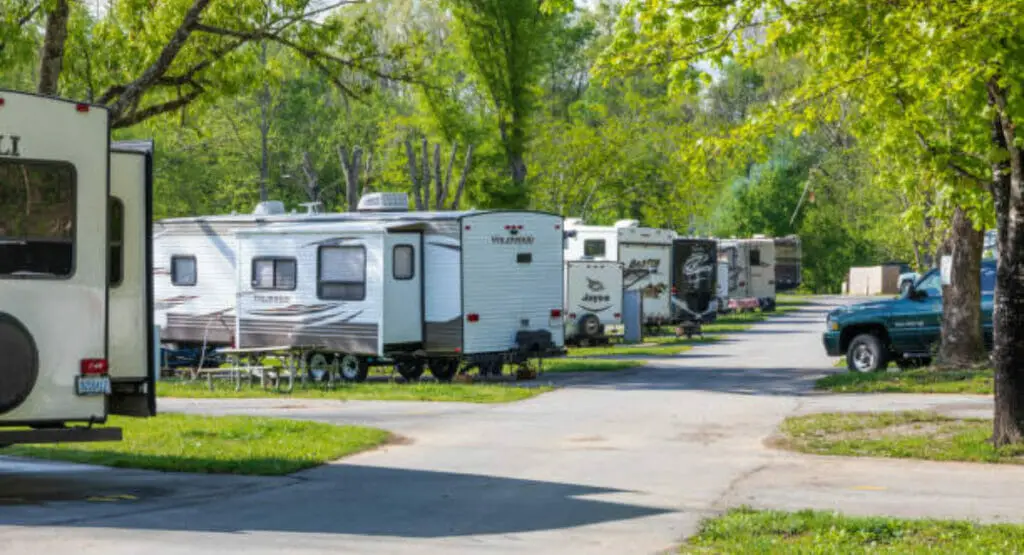RV generators and house batteries are critical components of an RV’s electrical system. When camping or traveling off-grid, the generator provides a dependable source of electricity to power appliances, lights, and other electrical devices. The house batteries retain generator energy and enable you to use your RV’s electrical systems even when the generator is turned off. In this blog post, we’ll look at how RV generators charge house batteries and offer practical recommendations for keeping your batteries in good shape.
I. How RV generators charge house batteries?
RV generators charge house batteries through a process called “generator charging.” When the generator runs, it produces electrical power sent to the RV’s electrical system. This power is used to run appliances and charge the house batteries. The generator’s built-in charger regulates the voltage and current to set the batteries correctly.
Steps to charge RV house batteries with a generator:
1. Determine the type of battery in your RV:
Before you begin charging your RV house batteries with a generator, you must first determine the sort of batteries you have. RV batteries are classified into two types: lead-acid batteries and lithium-ion batteries. Lithium-ion batteries charge differently than lead-acid batteries, so it’s critical to know which type you have before you begin charging.
2. Select the best generator for your RV:
Not all RV generators can charge house batteries. You must select a generator with an integrated battery charger or one that is compatible with an external battery charger. Check the generator’s specifications to ensure it has the necessary charging capacity for the type of battery in your RV.
3. Connect the generator to the RV:
Once you’ve found the correct generator, you’ll need to connect it to the electrical system of your RV. This usually entails putting the generator into the RV’s electrical connector or connecting the generator to the RV’s battery terminals with an adaptor.
4. Charge the RV home batteries:
Connect the generator and begin charging the RV house batteries. The built-in charger on the generator will manage the voltage and current to properly charge the batteries. Depending on the battery type and the charging capability of the generator, it could take several hours or even overnight to fully charge the batteries.
II. Tips to maximize RV battery life and performance:
1. Use a battery monitor to track the battery’s state of charge and voltage:
A battery monitor is a device that measures the state of charge and voltage of your RV’s house batteries. By monitoring the battery’s status, you can avoid overcharging or deep discharging the batteries, which can reduce their lifespan. A battery monitor can also help you determine when it’s time to recharge the batteries or replace them.
2. Avoid deep discharging the batteries, as this can reduce their lifespan:
Deep discharging is when the batteries are discharged below 50% of their capacity. This can lead to sulfation, which occurs when the lead acid in the batteries reacts with sulfuric acid to form sulfate crystals. These crystals can build up on the battery plates and reduce their capacity over time. To avoid deep discharging, try to keep the batteries charged above 50% and recharge them as soon as possible after use.
3. Regularly clean the battery terminals and connections to prevent corrosion:
Corrosion can occur on the battery terminals and connections due to exposure to moisture and air. Corrosion can reduce the battery’s ability to hold a charge and lead to electrical problems. To prevent corrosion, you should regularly clean the battery terminals and connections using a wire brush and a mixture of baking soda and water. After cleaning, rinse with clean water and dry with a clean cloth.
4. Use energy-efficient appliances and LED lights to reduce power consumption:
Using energy-efficient appliances and LED lights can reduce the power consumption of your RV’s electrical system and extend the battery’s runtime. Energy-efficient appliances use less power than conventional appliances and can be found in many RV stores. LED lights are also more efficient than traditional incandescent bulbs and can be easily swapped out.
5. Consider adding solar panels or a battery isolator to supplement the generator’s charging capacity:
Solar panels and battery isolators can supplement the generator’s charging capacity and provide additional power to the RV’s electrical system. Solar panels convert sunlight into electricity and can be installed on the RV’s roof. A battery isolator allows the RV’s house batteries to be charged while the RV’s engine is running, which can help keep the batteries charged when the generator is not in use.
Conclusion:
Finally, RV generators and house batteries are essential for any RV enthusiast who wants to travel off-grid. It is critical to understand how your RV generator charges house batteries in order to keep your batteries charged and your RV powered up. Following our practical advice, such as utilizing a battery monitor, avoiding deep discharge, cleaning battery terminals on a regular basis, using energy-efficient appliances and LED lighting, and contemplating installing solar panels or a battery isolator, will help maximize the life and performance of your RV battery. You may have a worry-free and pleasurable trip by ensuring stable power sources for all of your RV adventures. Don’t let dead batteries ruin your vacation; keep your RV charged and ready to go!



